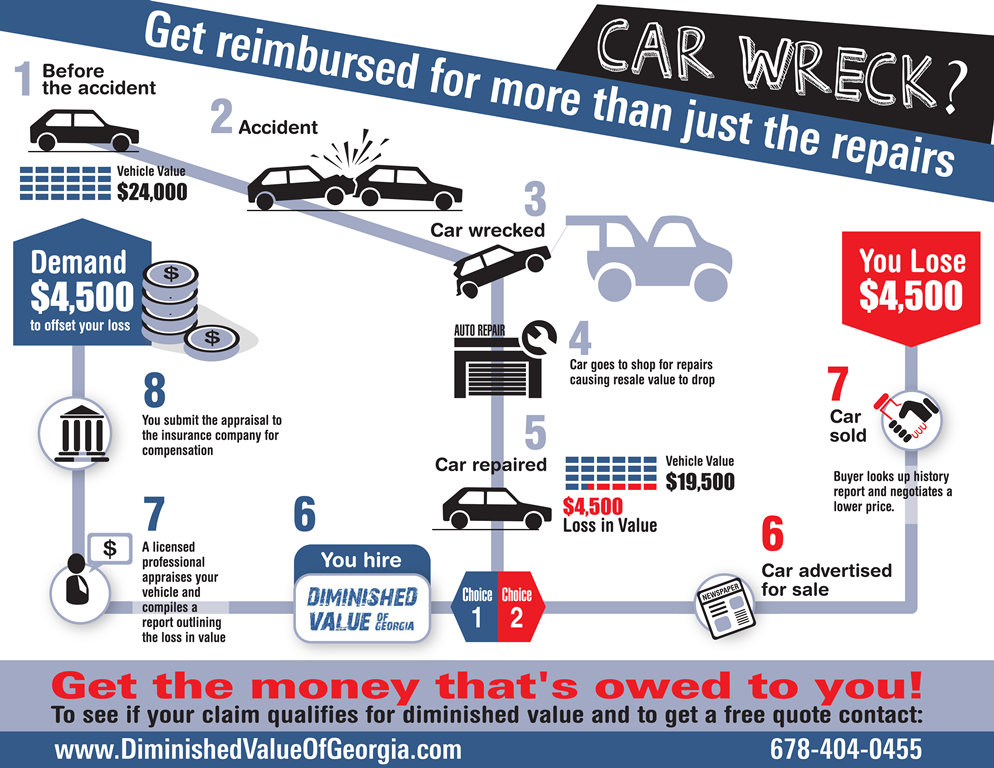Understanding The Meaning Behind Your Car'S Warning Lighting: A Thorough Look
Understanding The Meaning Behind Your Car'S Warning Lighting: A Thorough Look
Blog Article
Content Author-Higgins Kejser
When you lag the wheel, those glowing caution lights on your dashboard can be a little bit bewildering. Do you recognize what they're trying to inform you regarding your cars and truck's health and wellness? Understanding the value of these lights is important for your safety and security and the durability of your car. So, the next time among those lights turns up, would not you want to understand its message properly and take the needed steps to resolve it?
Common Caution Lights and Interpretations
Identify common warning lights in your vehicle and recognize their meanings to ensure safe driving.
One of the most common caution lights consist of the check engine light, which signals problems with the engine or exhausts system. If this light comes on, it's crucial to have your lorry inspected quickly.
The oil stress cautioning light shows low oil stress, calling for instant interest to avoid engine damages.
A blinking battery light might recommend a defective charging system, possibly leaving you stranded if not addressed.
The tire pressure monitoring system (TPMS) light signals you to low tire stress, influencing lorry stability and fuel effectiveness. Ignoring this can lead to hazardous driving conditions.
The abdominal muscle light shows a problem with the anti-lock braking system, compromising your capability to quit quickly in emergencies.
Finally, the coolant temperature cautioning light warns of engine getting too hot, which can result in serious damage if not solved promptly.
Recognizing detailer near me will aid you deal with concerns without delay and preserve secure driving conditions.
Importance of Prompt Interest
Comprehending the usual caution lights in your automobile is only the initial step; the value of immediately resolving these warnings can not be emphasized sufficient to ensure your safety and security when traveling.
When a caution light brightens on your control panel, it's your auto's means of communicating a prospective problem that requires interest. Disregarding these cautions can result in more severe troubles in the future, endangering your safety and possibly costing you a lot more out of commission.
Trigger focus to warning lights can stop break downs and accidents. As an example, a flashing check engine light could suggest a misfire that, if left unattended, might cause damages to the catalytic converter. Addressing this without delay can save you from a pricey repair service.
Similarly, a brake system alerting light might indicate reduced brake fluid or worn brake pads, essential components for your security when driving.
Do It Yourself Troubleshooting Tips
If you notice a warning light on your control panel, there are a few DIY troubleshooting ideas you can try prior to seeking specialist assistance.
The first step is to consult your auto's guidebook to recognize what the certain caution light indicates. Occasionally https://www.news4jax.com/news/local/2022/06/16/help-your-car-beat-the-summer-heat-to-keep-it-running-on-the-street/ can be as easy as a loose gas cap causing the check engine light. Tightening the gas cap may fix the problem.
Another usual problem is a reduced battery, which can set off numerous cautioning lights. Examining the battery links for rust and guaranteeing they're safe could deal with the problem.
If a warning light continues, you can attempt resetting it by detaching the auto's battery for a few mins and afterwards reconnecting it. Furthermore, checking your car's liquid degrees, such as oil, coolant, and brake liquid, can aid troubleshoot alerting lights connected to these systems.
Final thought
To conclude, recognizing your auto's warning lights is important for keeping your car running efficiently and safely. By promptly resolving these notifies and recognizing what they suggest, you can avoid expensive fixings and prospective failures.
Bear in mind to consult your cars and truck's manual for specific details on each advising light and act appropriately to ensure a hassle-free driving experience.
Keep notified, stay secure when traveling!
